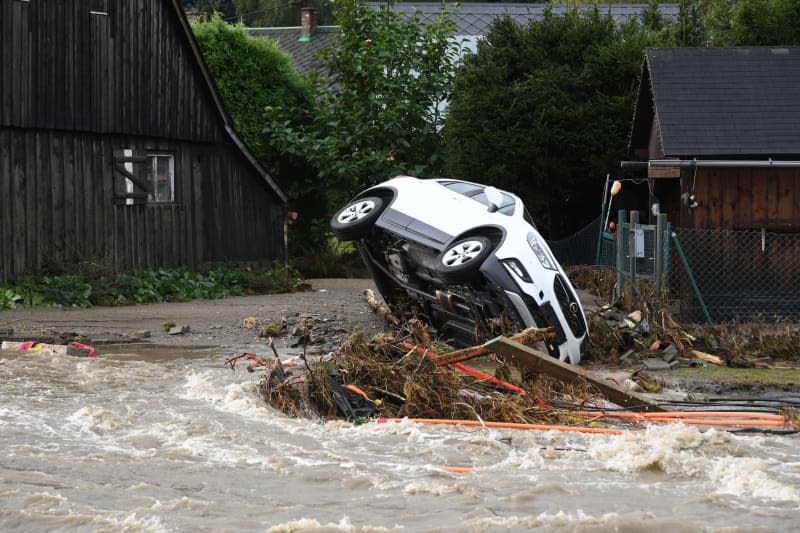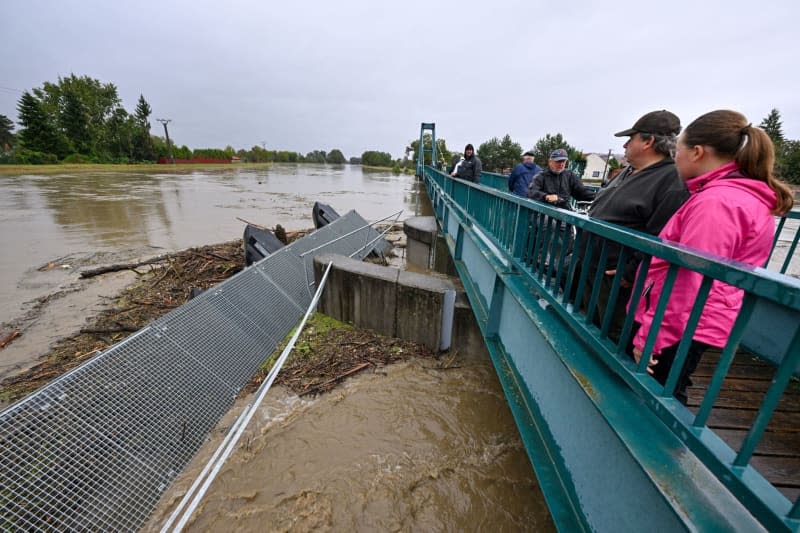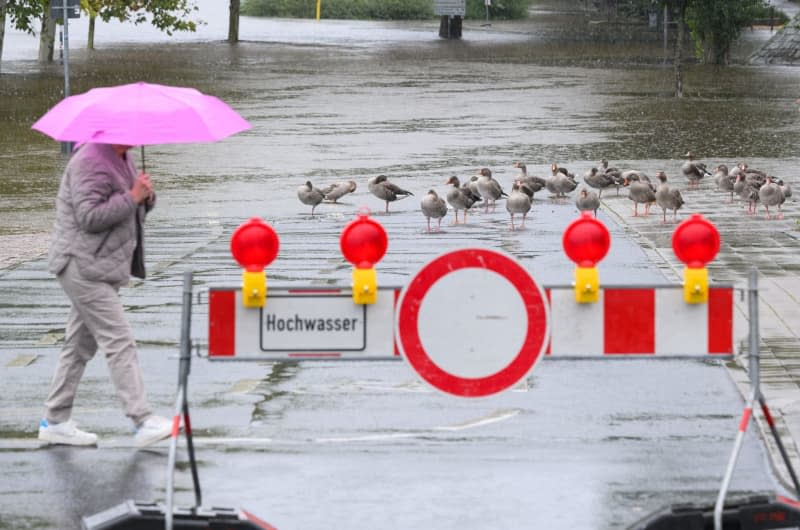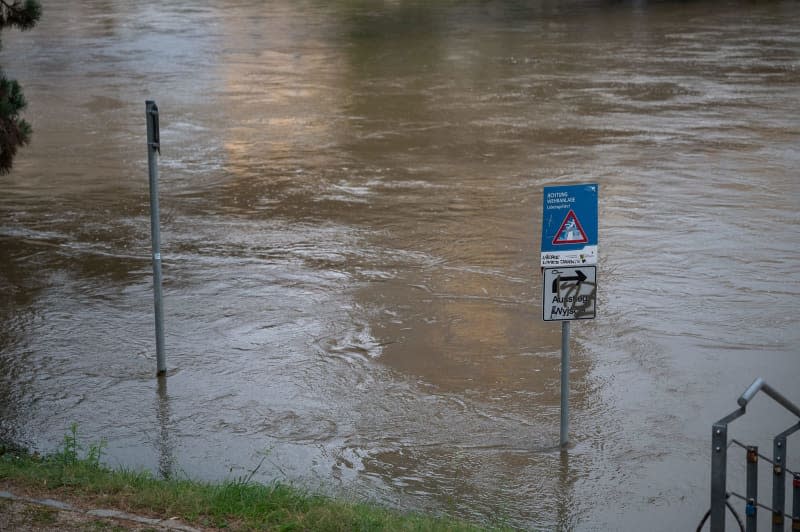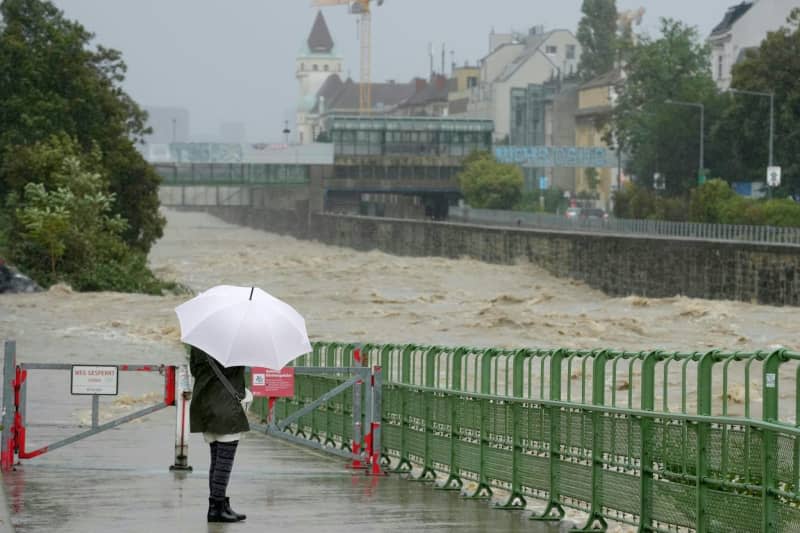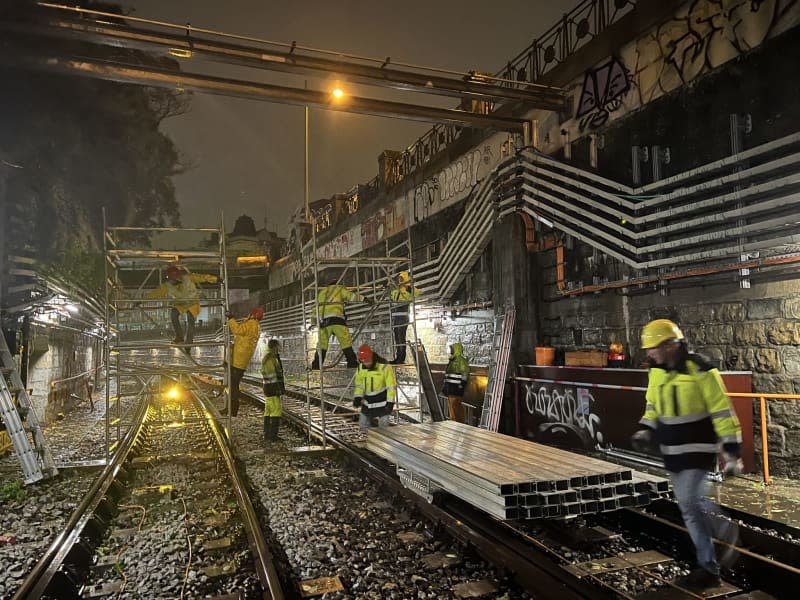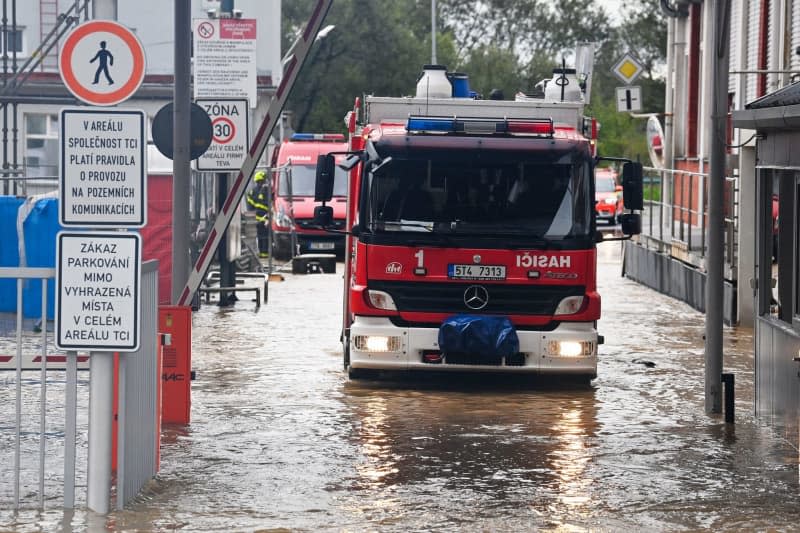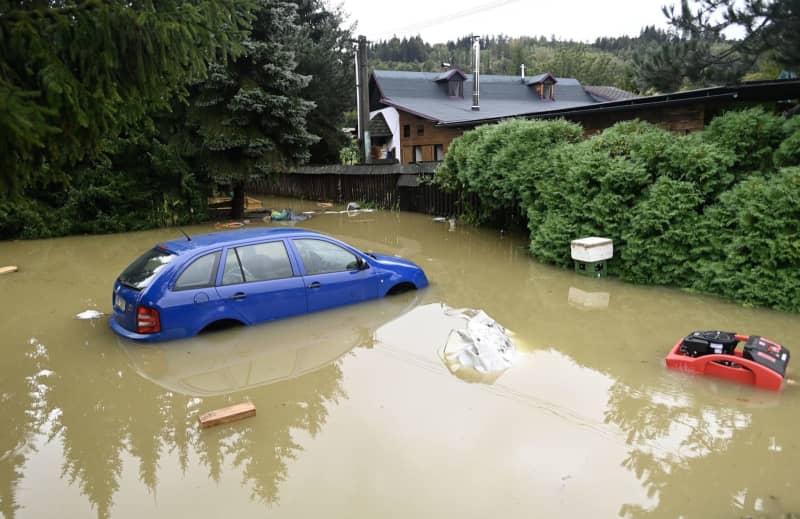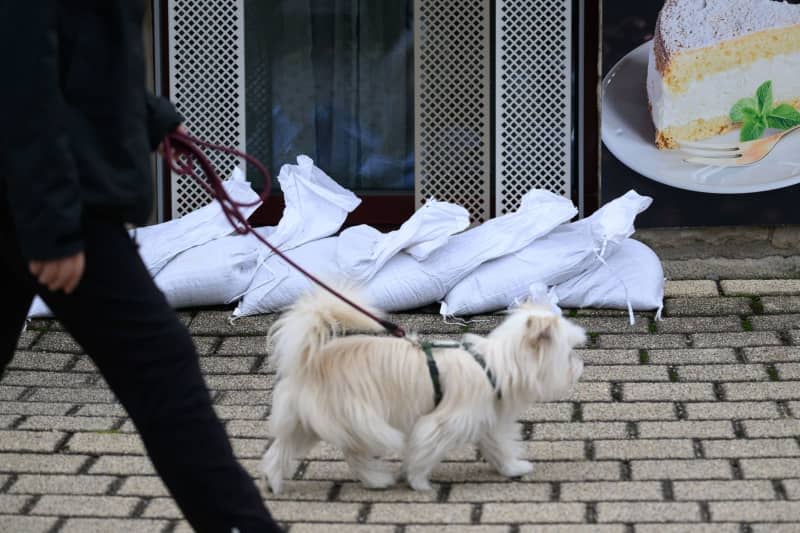Central Europe was hit by massive flooding on Sunday, as rivers swollen by historic downpours burst their banks in Poland, Austria and the Czech Republic.
The region has seen unprecedented rainfall in recent days, causing serious floods that have claimed a number of lives and major disruptions to power, gas and transport systems.
The eastern Czech town of Krnov, on the border to Poland, is a particular concern, with up to 80% of its territory under water according to Deputy Mayor Miroslav Binar.
Helicopters were deployed to rescue stranded residents in the town, which lies at the confluence of the Opava and Opavice rivers.
The highest flood alert level was in force at more than 120 gauging stations across the country, with dozens reporting once-in-a-century rises in floodwaters.
The situation is considered worse in some areas than during the unprecedented floods of 1997.
The Czech government is set to meet in Prague on Monday to discuss financial aid for those affected. President Petr Pavel called for donations for the victims.
Earlier, Czech Prime Minister Petr Fiala called on citizens to follow the instructions of the emergency services, noting that some people are refusing to obey evacuation orders and leave their homes.
“By doing so, they are endangering not only themselves but also those people who will then have to try to rescue them when things get dramatic,” he said on public broadcaster CT.
“We have to expect that the worst is not yet behind us,” he warned.
In the city of Opava and other border areas near Poland, thousands of people had to be evacuated from their homes as entire communities went under water. A mudslide cut off the mountain village of Malá Úpa from the outside world.
More than 250,000 Czech households were left without electricity, the CTK agency reported, citing energy suppliers. Rains had softened the soil, causing numerous trees to fall on overhead power lines and high-voltage lines.
‘Dramatic’ situation in Poland
In Poland, Prime Minister Donald Tusk confirmed the country’s first death due to the high waters as he attended an emergency briefing in the small town of Kłodzko, not far from the Czech border.
Tusk called the situation in south-western Poland “dramatic” and urged residents to heed local evacuation orders.
The water level of the Nysa Kłodzka river in Kłodzko was 6.84 metres on Sunday afternoon. The average water level is 1 metre.
The town saw a second wave of flooding on Sunday after a dam burst in the region, mayor Michal Piszko told the PAP news agency.
In some streets, water was 1.5 metres high, the mayor added.
Polish army troops were rescuing residents in boats from the second or third floor of their houses.
The police said the fatality was a man whose home had flooded in the village of Krosnovice, not far from Kłodzko.
Tusk said that 1,600 people in the Kłodzko district had been brought to safety so far and that he expected further evacuations.
Parts of the hardest-hit areas have seen disruptions to power supplies and mobile communication networks. The water supply has been lost, while gas was also due to be turned off.
Vienna sees flooding as Lower Austria submerged
There were tense scenes in Austria, too, where a firefighter died while working in a flood-hit building in the state of Lower Austria, which surrounds the capital Vienna.
“The situation in Lower Austria continues to worsen,” said Chancellor Karl Nehammer after a meeting of the national crisis team on Sunday afternoon.
The state was declared a disaster zone after several rivers rose dramatically.
“We are experiencing difficult and dramatic hours in Lower Austria,” said state Governor Johanna Mikl-Leitner.
“For many people in Lower Austria, these will be the hardest hours of their lives,” she added. “We will do everything we can to hold back the water and protect the country and its people.”
The Austrian capital was also hit after days of persistent rain, with two metro lines partially suspended.
The water level on the Wien river at the Kennedy Bridge in western Vienna rose from 50 centimetres to 2.26 metres in the course of one day, emergency authorities said.
Walking and bicycle paths are flooded, and restaurant terraces on the banks of the river are under water.
In the suburb of Penzing, north-west of Vienna, the Wien river burst its banks in some places. Homes were evacuated while streets and an underground car park were under water.
In three districts of Vienna, the power supply was interrupted. The electricity provider promised to restore service as quickly as possible.
The rain eased somewhat as the day went on, allowing Mayor Michael Ludwig to reassure the population: “Overall, we have the situation well under control.”
In some communities north of Vienna, the fire brigade had to rescue people trapped in their houses overnight, using rubber dinghies in some places.
Elsewhere, at least five people were killed in eastern Romania, authorities said on Saturday, after the Eastern European country was battered by rainstorms.
Rail services in multiple countries were also in disarray, with Austrian rail operator ÖBB suspending train services on a line south of the Danube.
Cross-border rail connections between Poland and the Czech Republic have also been suspended.
